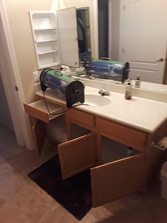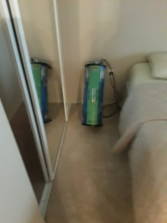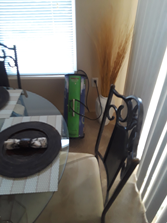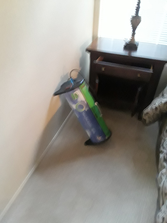Mold Inspection and
Mold Testing
Mold Inspection and Mold Testing
Our Mold Inspectors are trained and certified to effectively inspect or test a home or business.
Mold is a fungal growth that forms and spreads on damp or decaying organic matter. They are sometimes referred to as mildew.
Some produce dangerous Mycotoxins. These microscopic toxic compounds are naturally produced by certain types. These types that can produce mycotoxins grow on numerous food items such as cereals, dried fruits, nuts, spices and more.
Controlling moisture is the key to stopping indoor growth, because they all require water to grow. Mold inspection is important and should be done regularly. Moisture can come from:
* Flooding from the outside (storm water, overflowing lakes, streams, storm surge, etc.)
* Flooding from the indoor (overflow from sinks, tubs, toilets, air conditioner drain pans or sewerage systems)
* Condensation (caused by indoor humidity that is too high or surfaces that are too cold)
* Water leaks from outside the building (roof, walls, floors)
* Indoor plumbing leaks or broken water pipes
* Outdoor sprinkler spray hitting the walls, or indoor fire sprinklers
* Poor venting of kitchen and bathroom moisture (steam from shower or cooking)
* Humidifier use
* Drying wet clothes indoors, or not venting clothes dryers outdoors (including electric dryers)
* House plants (over watering, etc.)
* Moisture from our bodies (sweat, wet hair on pillows, breath)
* Warm, moist air from outdoors
* Liquid spills
Testing or inspection is necessary if you are feeling sick and smell mildew without seeing visible growth.
What health problems can be caused by mold?
There are four kinds of health problems that come from exposure:
1.) Allergic Illness
2.) Irritant Effects
3.) Infection
4.) Toxic Effects.
Some people that are sensitive to it, symptoms like dry hacking cough, nasal and sinus irritation or congestion, skin rashes or burning, wheezing, watery or reddened eyes may occur. People with severe allergies to molds may have more serious reactions, such as hay-fever-like symptoms or shortness of breath.
Poor indoor air quality is among the top five environmental risks to public health, according to the U.S. Environmental Protection Agency (EPA). In many instances, indoor air can be pathogenic, carcinogenic, or filled with agents that cause allergens. However, most people are unaware of the risks.
How much mold can it take to make me ill?
This is a difficult question to answer just like it’s hard to say how much sun exposure can cause a sunburn. It depends on the environment and the person and the amount varies from person to person. The affects on one person can be much more severe than others.
An extended presence of indoor growth can eventually become unhealthy for anyone. People with unusual health issues should see a medical doctor if they feel they are affected by indoor growth. These people may be affected quicker and more adversely than some others:
* Babies and children
* Elderly persons
* Individuals with chronic respiratory conditions or allergies or asthma
* Persons having weakened immune systems (for example, people with HIV or AIDS, chemotherapy patients, or organ transplant recipients)
Are some molds more dangerous than others?
Some can produce “mycotoxins.” These are common, and can be called “toxic mold.” There are many studies that find “toxic molds” inside homes can cause unique and/or rare health conditions.
Please contact us if you think you have a problem.
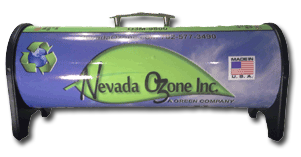
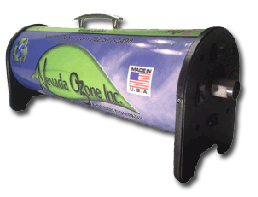
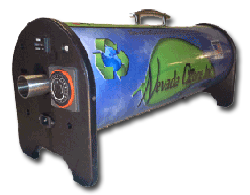
Let’s Get Started!
We are at your service and ready to help you with your next project. Please give us a call at your earliest convenience to discuss how we can help you be successful.
Thank you,
The Nevada Ozone Team

